As builders, designers and institutional planners, we are collaborating to deliver projects that reflect this shift. From decarbonization to space optimization, each decision we make is grounded in the evolving priorities of academic institutions and the diverse students they serve.
Here are five trends we’re seeing in higher education to help inform your next project.
Broader commitment to sustainability
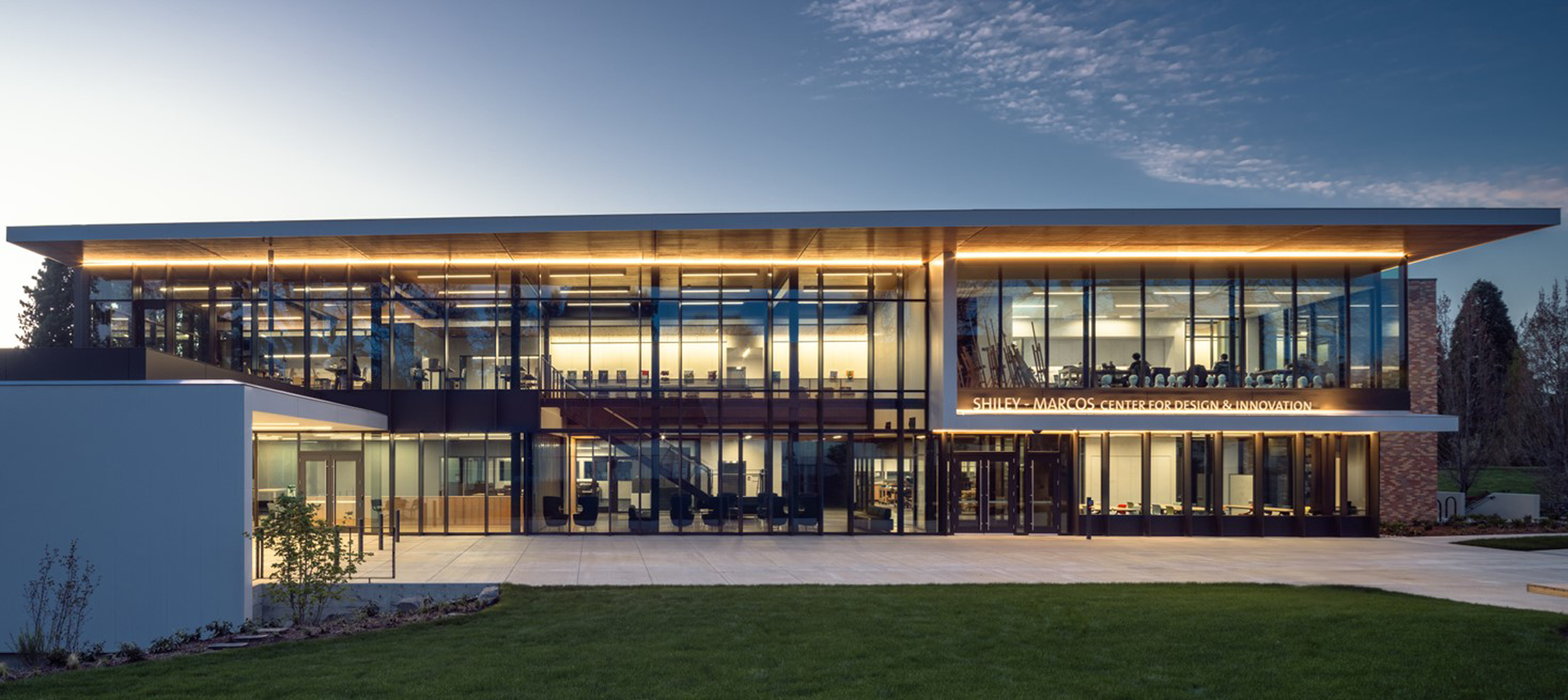
The University of Portland Shiley-Marcos Center for Design & Innovation practiced adaptive reuse to reduce its carbon footprint.
Sustainability on a higher education campus means more than certifications and checklists. Institutions are actively investing in long term carbon reduction goals, beginning with the design and materials they choose and the construction that follows.
Mass timber is increasingly used for new academic buildings due to its carbon-saving potential. Projects that prioritize early engagement, including involvement from code authorities, trade partners and risk insurers during preconstruction, are better positioned to achieve performance-based outcomes like operational energy savings and adaptable layouts.
Renovation and reuse are also playing a larger role. With limited budgets, many institutions must make use of space that already exists. By assessing space utilization – determining when students use facilities and how policies impact use – institutions can avoid costly and unnecessary new construction while improving sustainability and efficiency of available space.
Elevating wellness in design
Student wellness is also emerging as a foundational pillar of campus planning. Mental health services, calming environments, and holistic wellness strategies are prioritized as universities and colleges look to increase retention and improve academic outcomes.
Effective campus planning integrates wellness into both building programs and site design. Dedicated wellness centers, sensory-sensitive spaces and access to nature are becoming standard practices. These considerations are especially relevant to institutions working to address disparities in enrollment and achievement.
Rather than a singular solution, wellness planning embraces a spectrum of different space types. From quiet, enclosed rooms for studying, to open, collaborative environments for teamwork, we are now better acknowledging the varied needs and experiences of current and future students.
Reinvesting in the campus core and designing for engagement
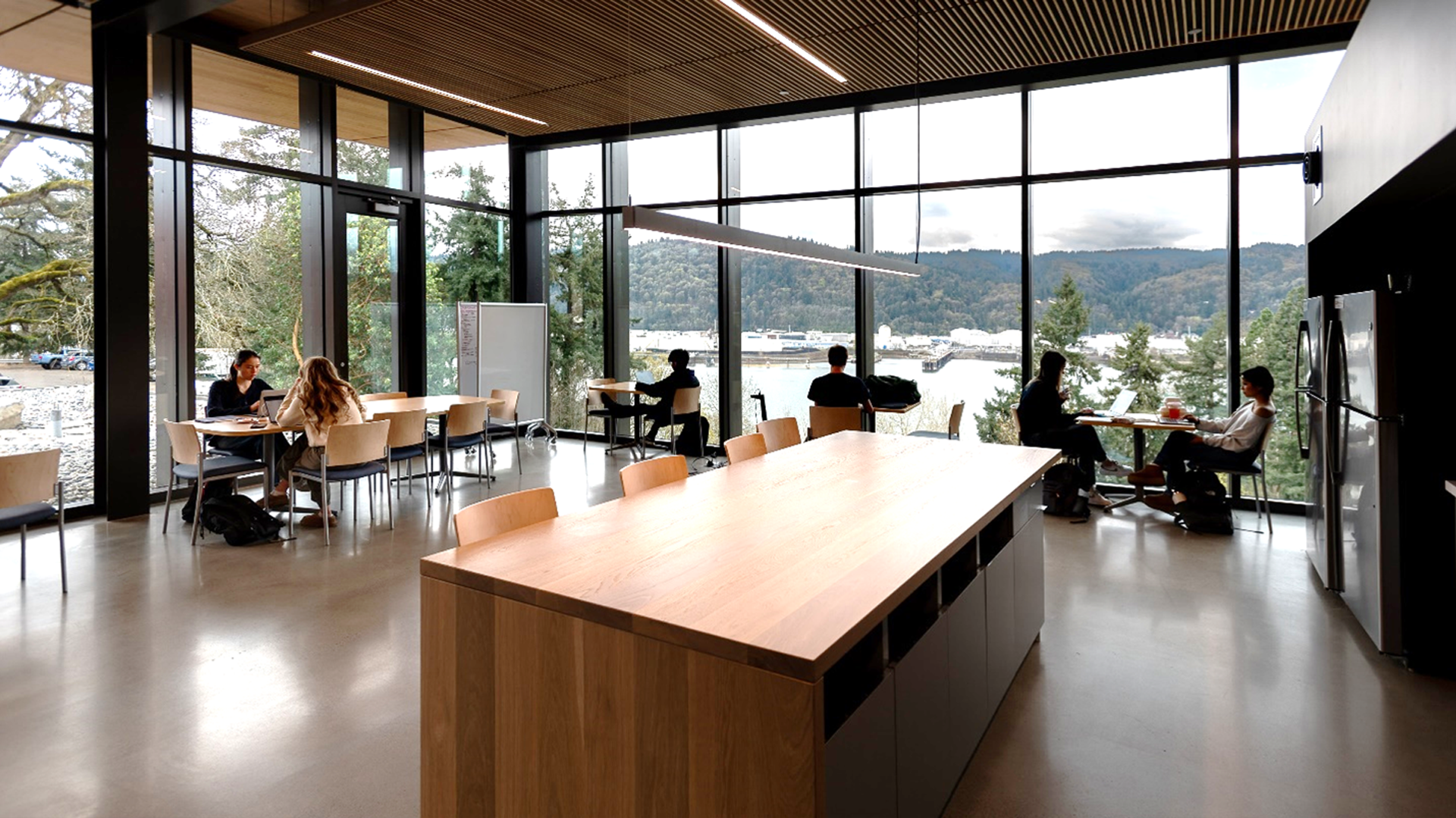
The University of Portland – Shiley-Marcos Center for Design & Innovation features a dining area where students can eat, study and interact.
The campus core is regaining importance as a social and central hub. Renovated residence halls, dining areas and student activity facilities are being designed to foster connection, inclusion and belonging. These spaces often reflect and reinforce institutional identity, offering students a sense of place and community in an often unfamiliar environment.
Across many campuses, the focus is on making the physical setting more accessible, welcoming and engaging. That includes green corridors for pedestrian and bike traffic, transparent building facades that put science on display to showcase cutting-edge research, and open interiors that encourage interaction. Stakeholder engagement has also become a critical part of the process, with formal committees contributing to design decisions early on to create alignment with academic and program goals.
To fund these efforts, institutions are using innovative strategies such as public-private partnerships (P3s), local and federal grants, and phased capital plans supported by private equity or endowments.
In parallel, higher education clients are transforming their space into a strategic asset. Tenant ready facilities and flexible lab settings can attract external industry partners. By leasing to startups, research labs and other corporate partners, universities can generate revenue and foster innovative ecosystems.
These new strategies allow campuses to function as innovation hubs, fostering industry partnerships and creating new pathways for collaboration, while keeping institutional goals at the forefront.
Planning for flexibility
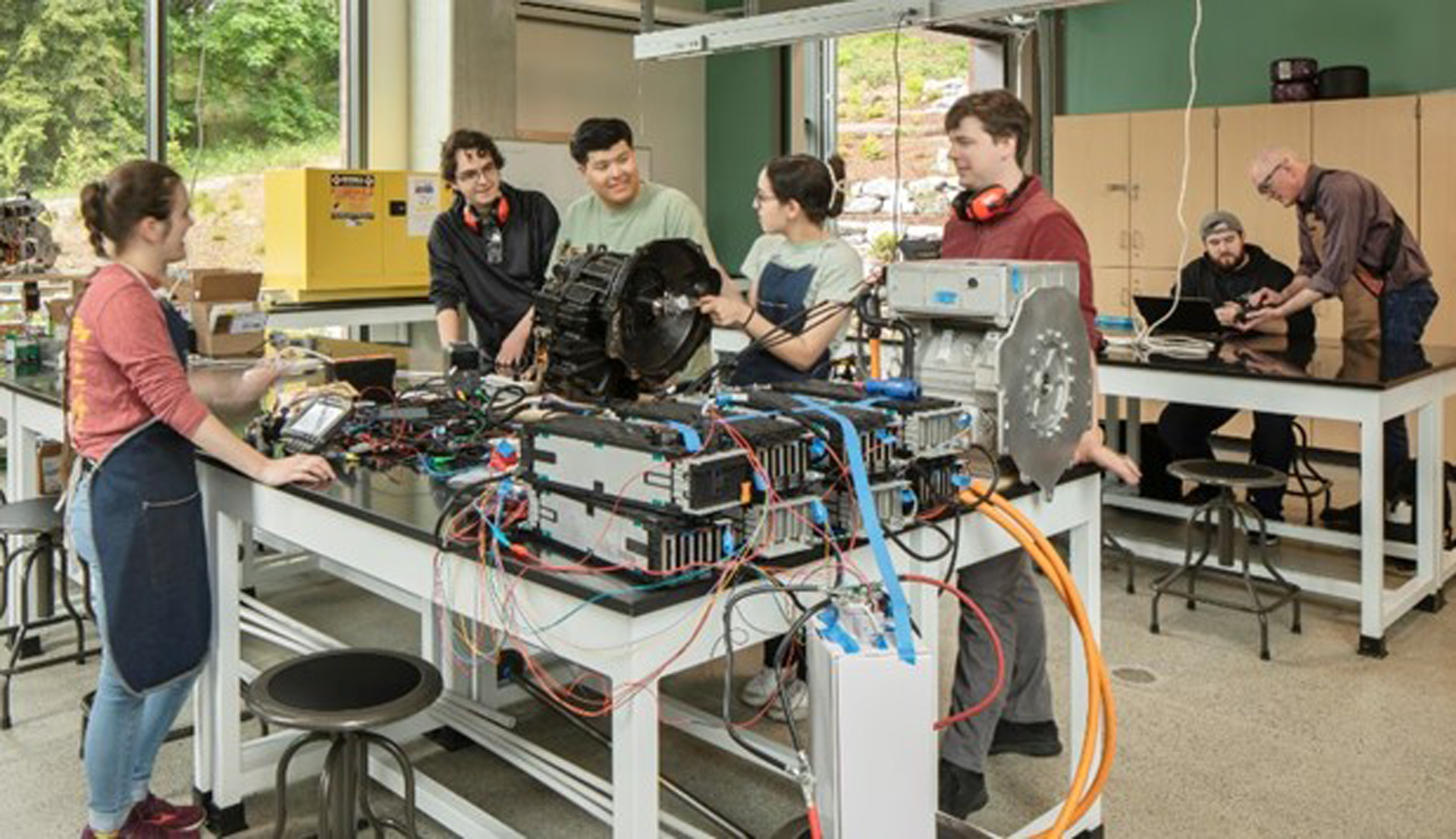
Cascadia College and UW Bothell – Innovation Hall
As academic institutions navigate evolving philosophies, changing student demographics and shifting funding priorities, flexibility has become an important design principle. Similarly, new and renovated buildings must accommodate change through thoughtfully designed structure and infrastructure, modular space planning, and most of all, by creating new spaces that bring joy and a sense of belonging.
Facilities must also support hybrid and self-paced learning, making infrastructure fitted with high-speed internet, adaptable AV systems, and digital booking platforms the standard. Institutions are placing increased emphasis on ensuring that the decisions made today don’t impede tomorrow’s demands.
This mindset extends to risk management and lifecycle planning. In research facilities, for example, addressing deferred maintenance is being reframed as a strategy for reducing institutional risk. Through periodic recommissioning, data-driven prioritization and tracking, campuses can extend facility lifespans by decades while maintaining the standards needed for competitive academic and scientific advancement.
Designing for every student
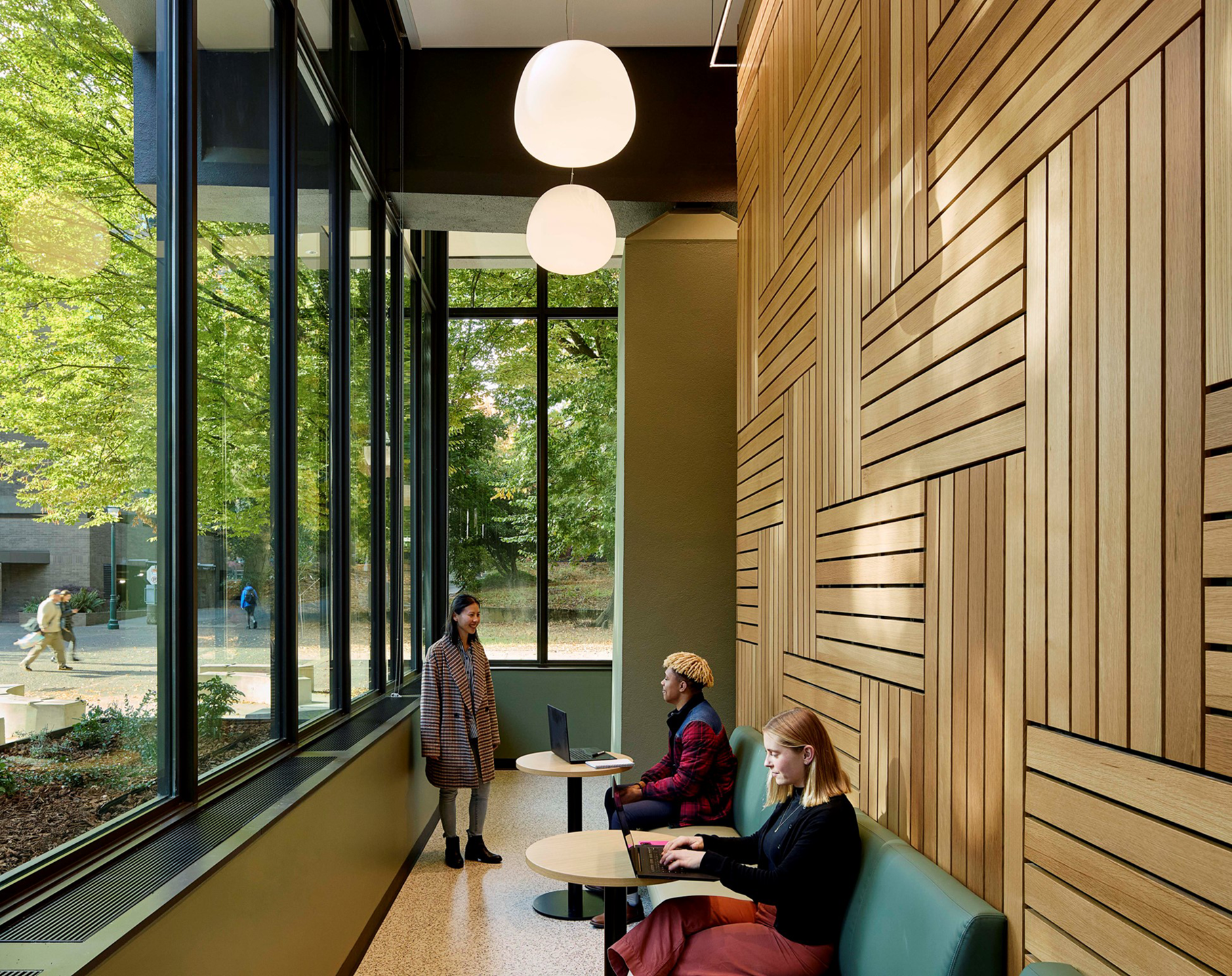
The Portland State University – Vernier Science Center engaged students in the design process to ensure inclusive design.
Finally, higher education clients are taking a more nuanced approach to inclusion. While ADA compliance remains essential, there is growing awareness of neurodiversity and the varied ways students engage with their learning environments. To be considered inclusive, welcoming spaces should provide a variety of stimuli and comfort levels to accommodate the diverse sensory, cognitive and emotional needs of today’s students.
Inclusive design is no longer simply a specialized goal, but the baseline expectation. Academic institutions achieve the best outcomes when they plan with and for their communities, giving students, faculty and staff a voice in shaping their own environment
A new way forward
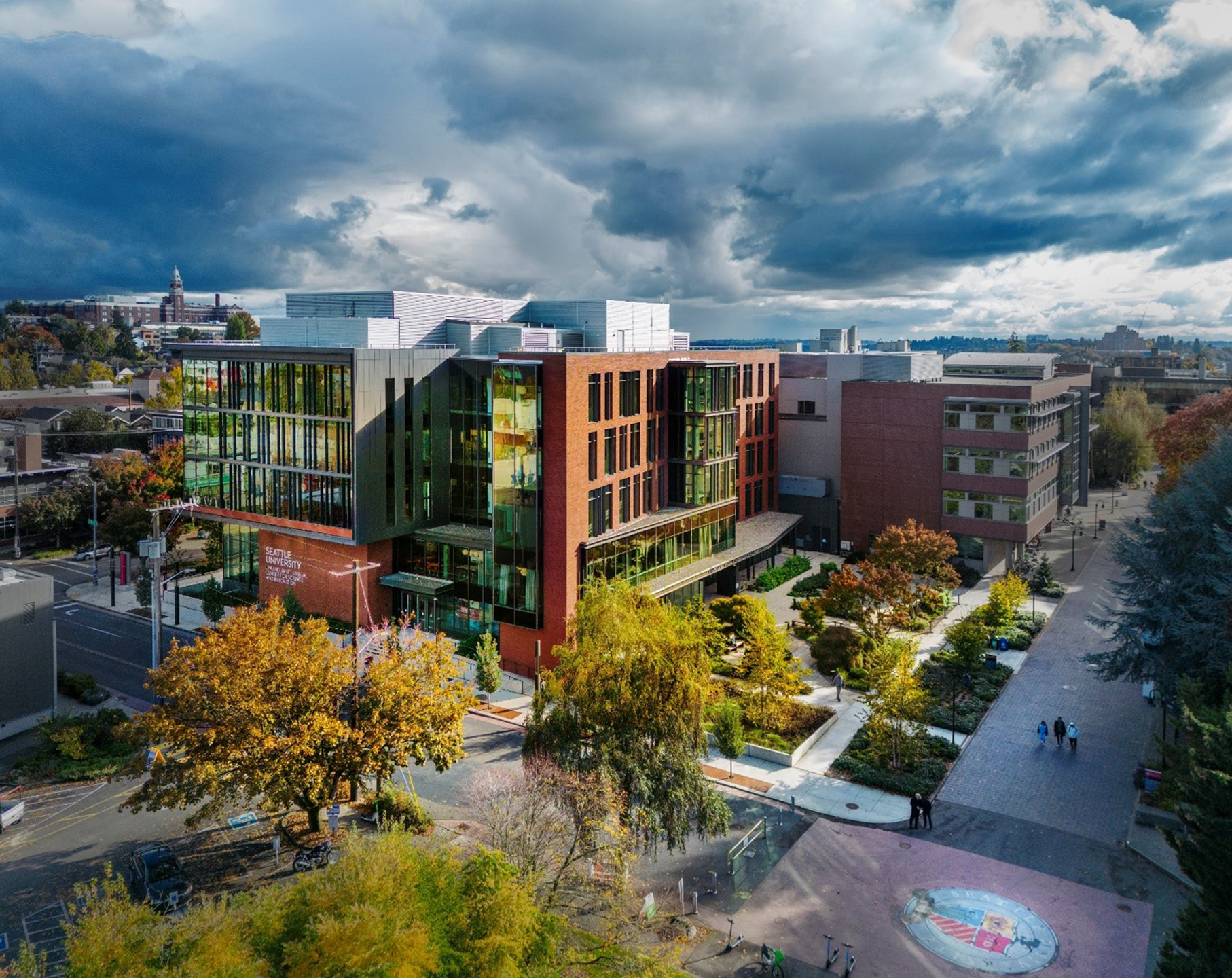
Seattle University – Sinegal Center for Science and Innovation
Higher education design and construction are entering a new era that values adaptability, sustainability and student-centered outcomes above all else. The projects we design and build today must serve not only current needs, but future opportunities.
Through thoughtful collaboration and progressive planning, we can help institutions create campuses that foster innovation, belonging and long-term endurance.